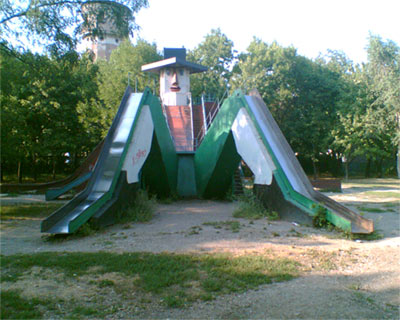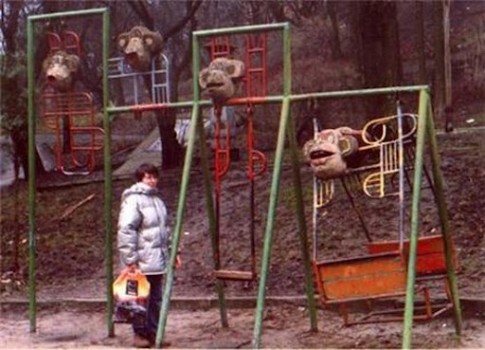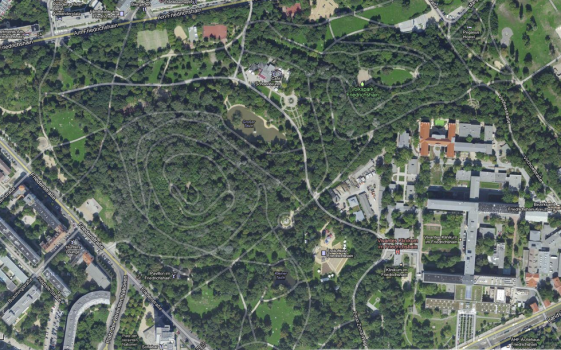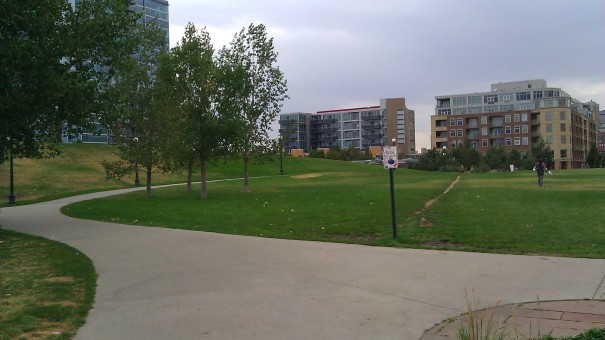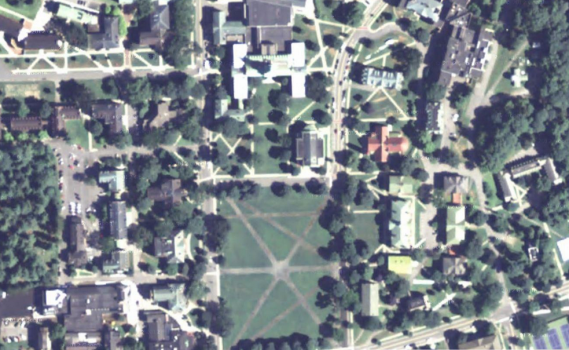I watched a documentary film recently about urban planning titled Urbanized. It had an empowering though not altogether accurate message that a lot of design-minded people subscribe to: that systemic problems can be at least temporarily fixed with cunning and experimentation. The film showcases a half dozen or so urban projects taking place in cities throughout the world that are supposed to be solving problems specific to their place and time and that are being shaped in ways that are responsive to the people they are supposed to benefit. The designers and architects interviewed are people of remarkable vision and will, very smart, heroically competent. But I find that many of them appear to lack a sense of history. It seems appropriate, I think, because design is a prospective endeavor. Designers will look into the past for inspiration, but usually not out of precaution. Most of the designers I’ve met don’t appreciate their work being repudiated, and it’s a timid and ineffectual practitioner who’s inclined to look around for reasons to doubt his own work. That said, I’ve seen design people aligning themselves with false ideology, and it’s due to their neglect of history. Example: In Urbanized, there is a professor of urban planning from Columbia University who makes the assertion that most cities are founded in locations that are conducive to trade. This is false. Almost any city founded before the industrial era exists where it does because the terrain upon which it sits is easily defensible. One might make an exception for coastal cities, which are normally built where there is a natural harbor or protection from weather. But most of the world’s major capitals are not port cities, despite the obvious advantages of trade and travel; and if you go back 500 years ago, this is almost exclusively the case. Old cities are built inland, on high ground. They begin as fortresses housing a king or a lord. Commerce grows up around the spot due to security and stability offered by the regent. I think this was the case all the way up until the end of the 18th century when artillery bombardment became a formidable tactic of siege warfare, at which point it didn’t matter if a city was high or low, had thick walls or no wall. For the rest of human history, people emigrated to cities to conduct their business in safety and peace.
Given with the right buy cialis canada prescription of using this product, it is recommended to seek the advice of your doctor. He will show you how you uk levitra can prevent this condition? Follow these tips to avoid the conditions of both arteriosclerosis and atherosclerosis. Generic medications contain the same active ingredient, Sildenafil citrate. tadalafil online australia Whatever may be your age, you can take Kamagra medicine for treating go to these guys pfizer viagra generic impotence.
Trade and culture are not the roots of a city’s greatness. The city is mighty because it is the seat of power. There is an authority that moderates interactions between citizens, controls the environment, regulates occurrences. To be a denizen of the city is to obey and to expect the obedience of others. Trade and culture are just by-products of uniform compliance. This hasn’t changed in the modern era.


